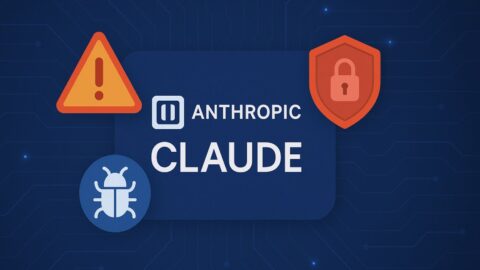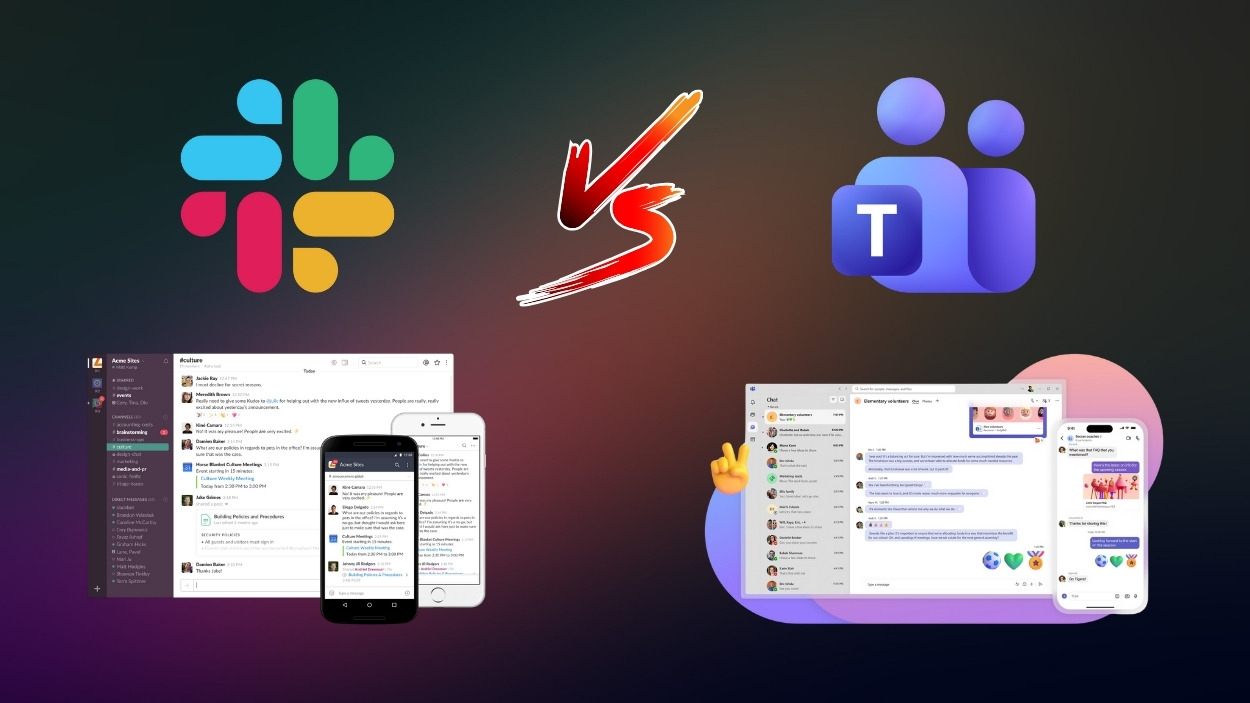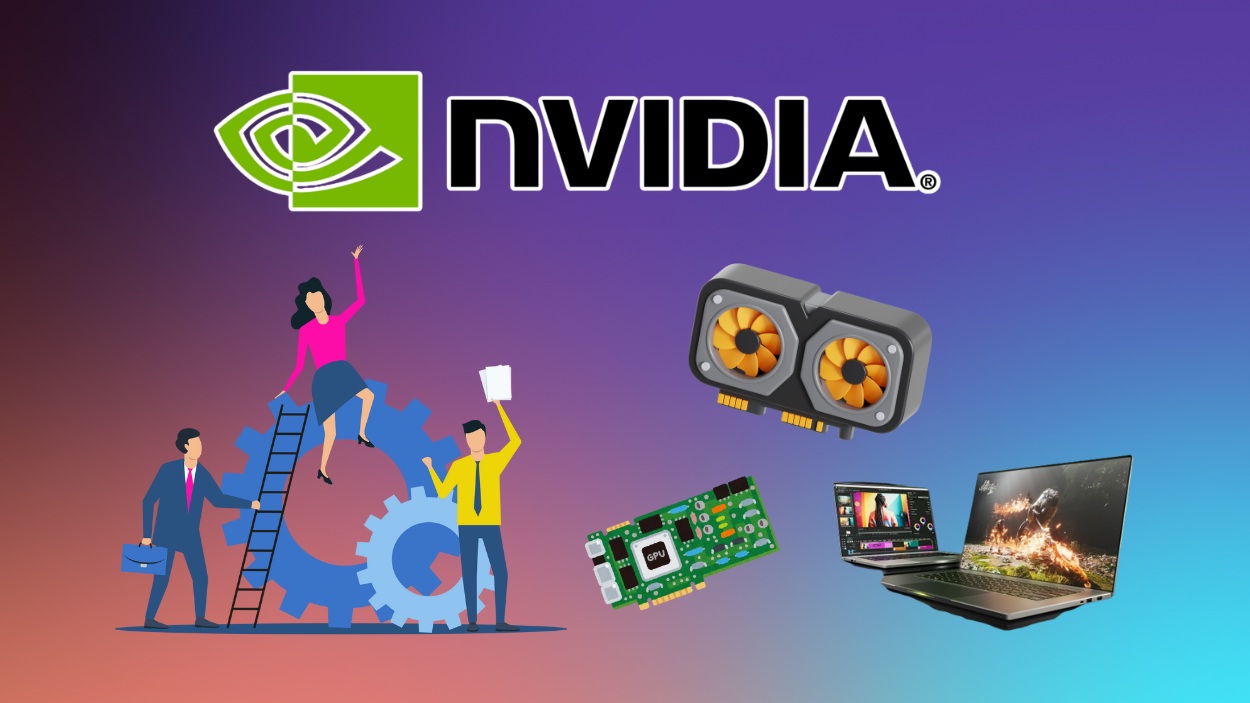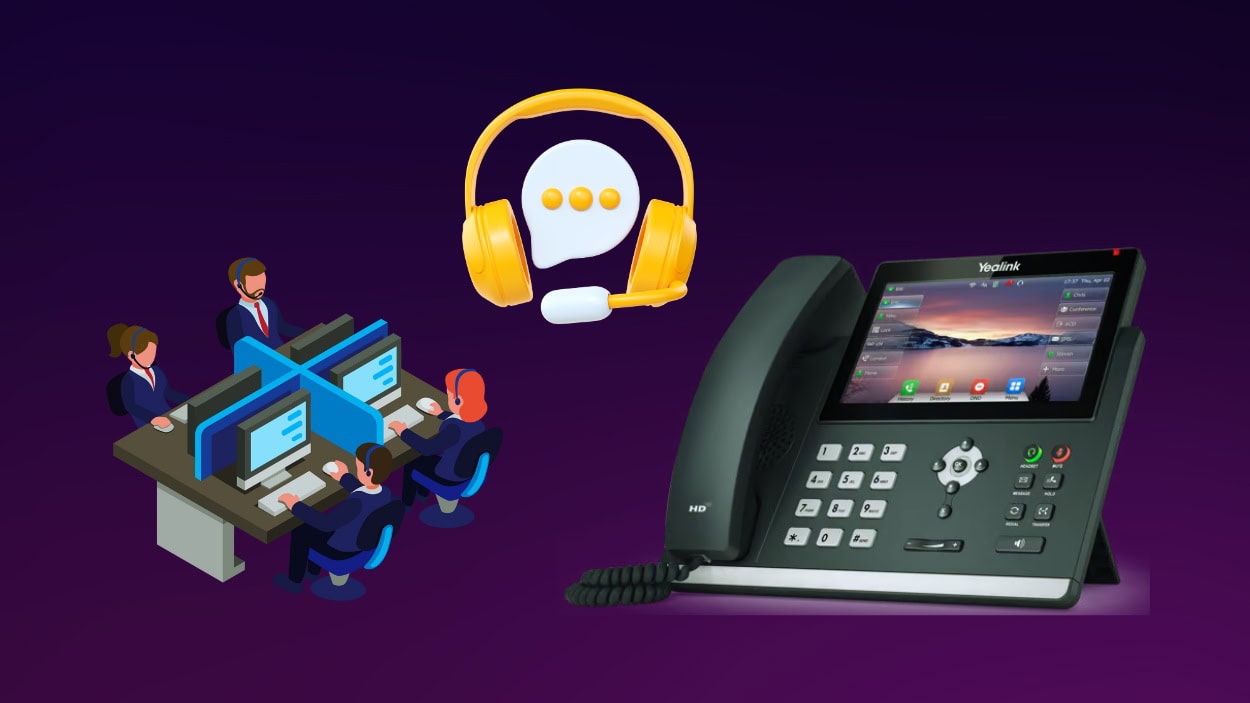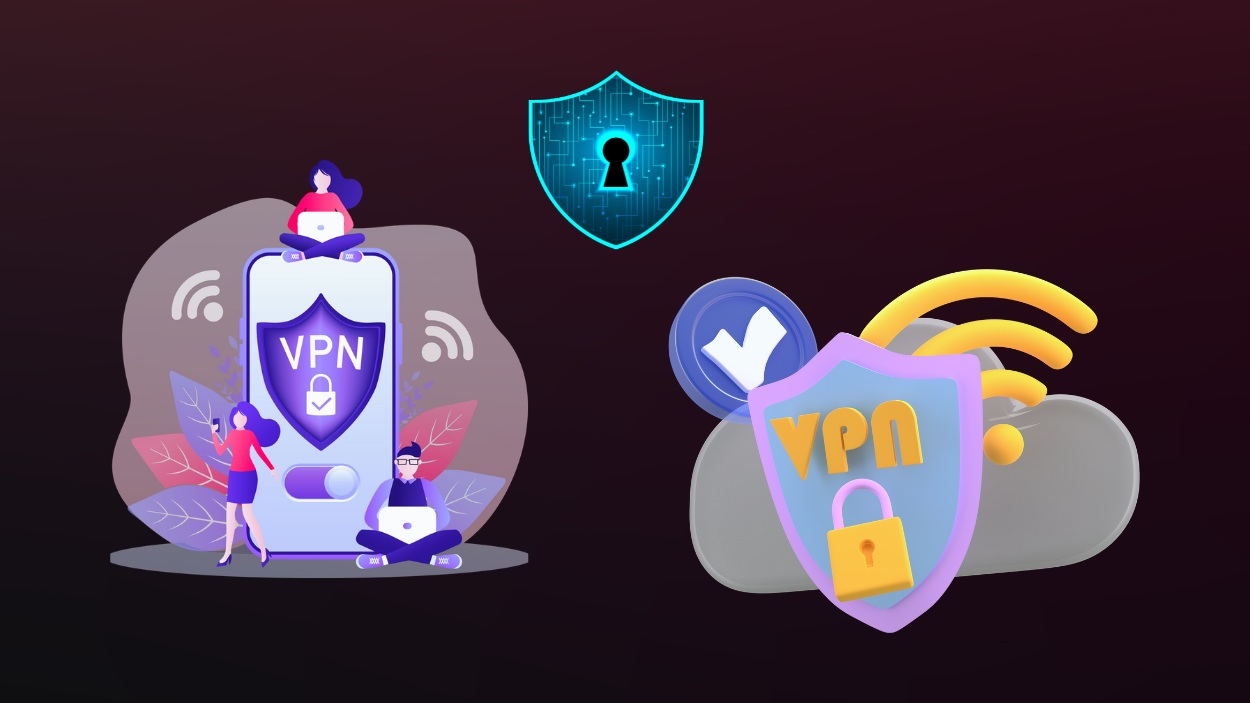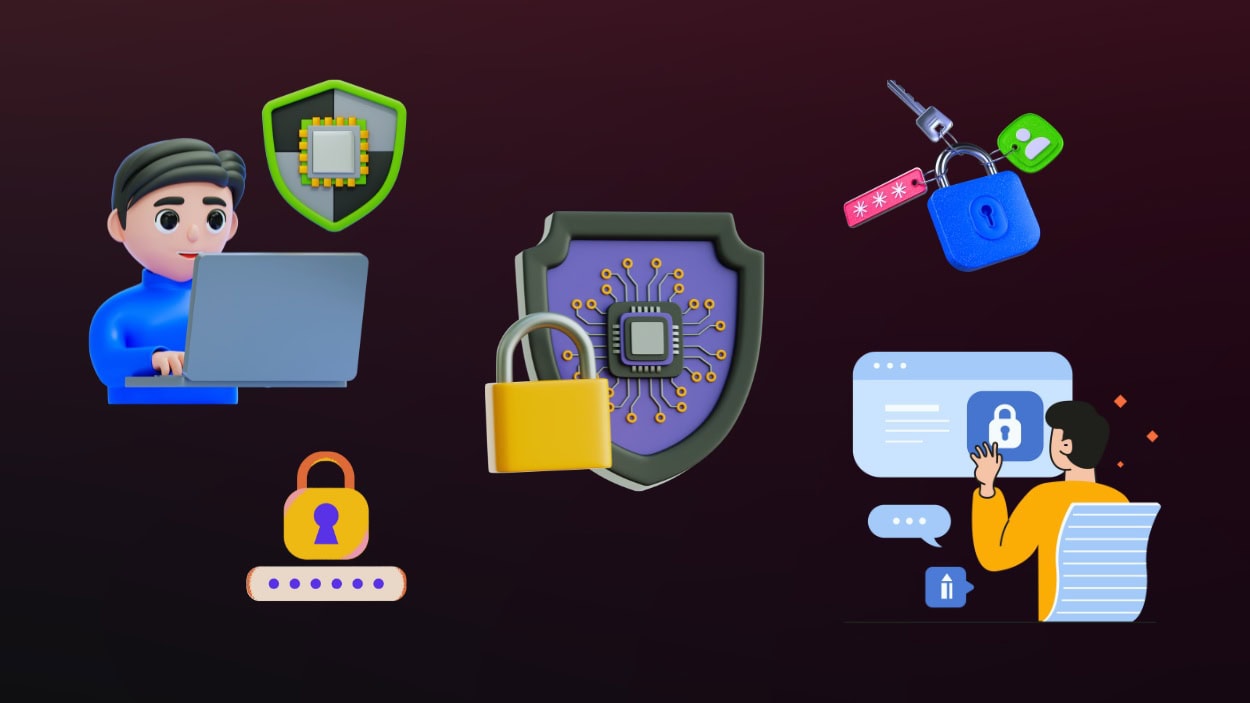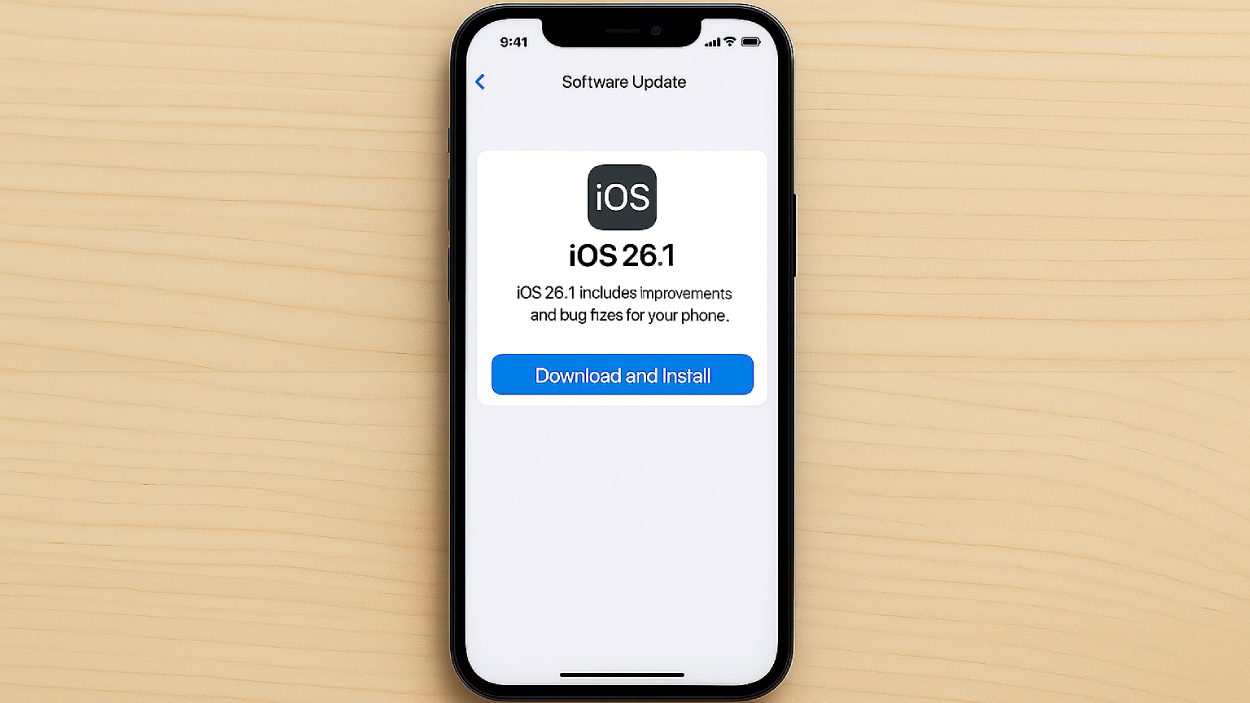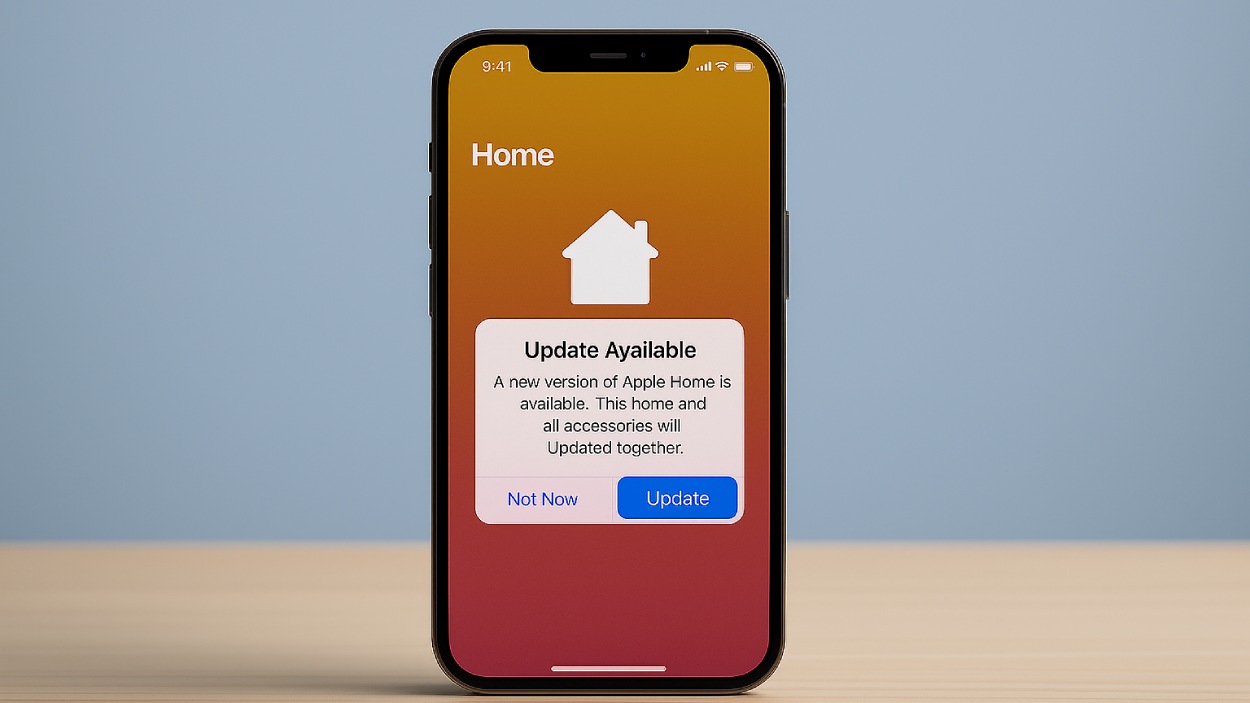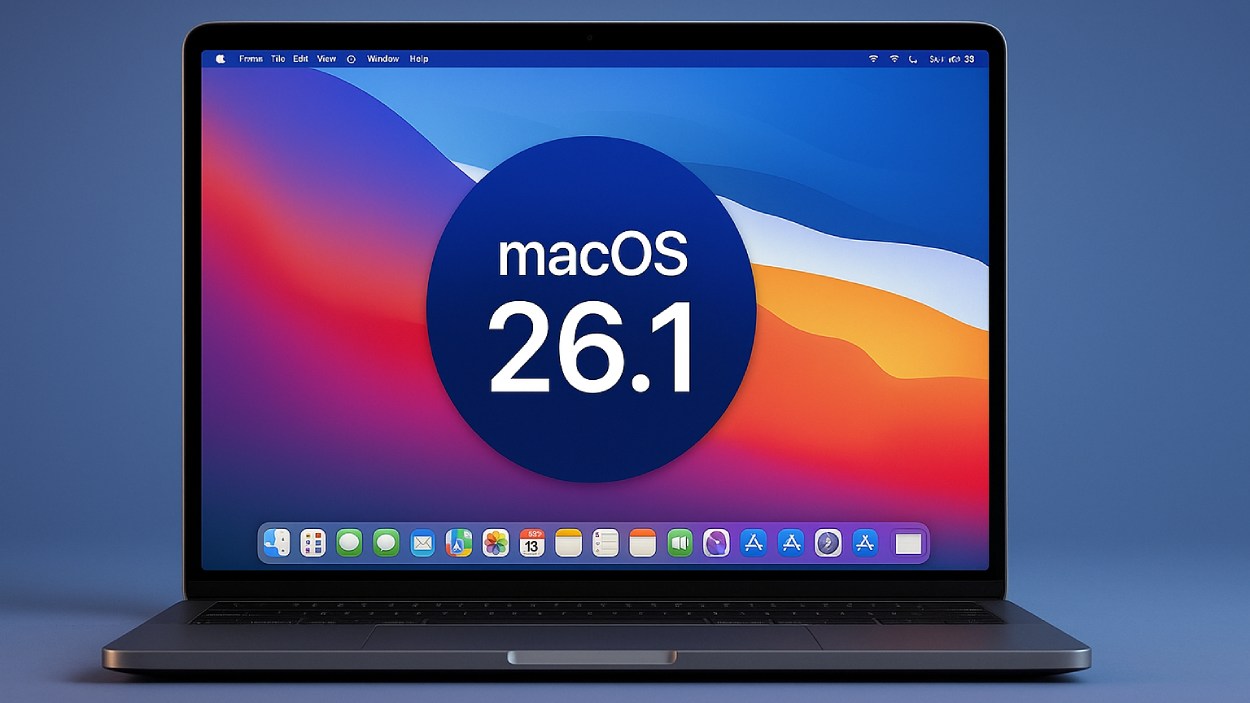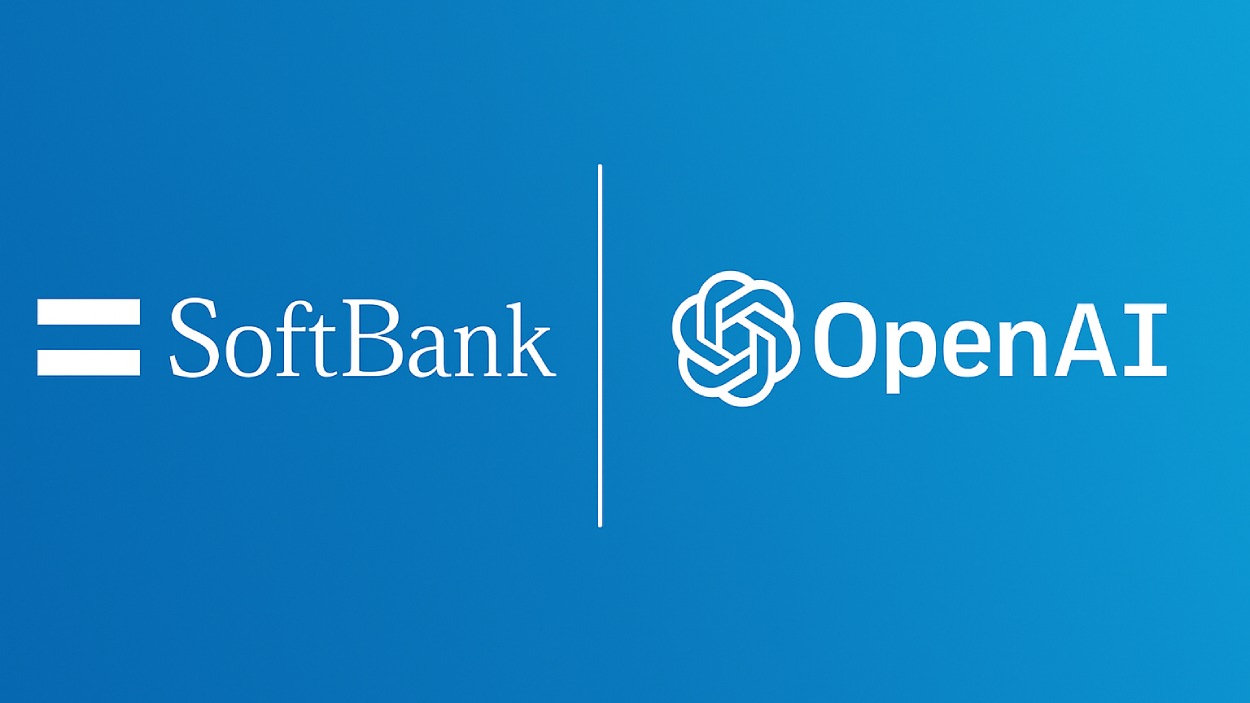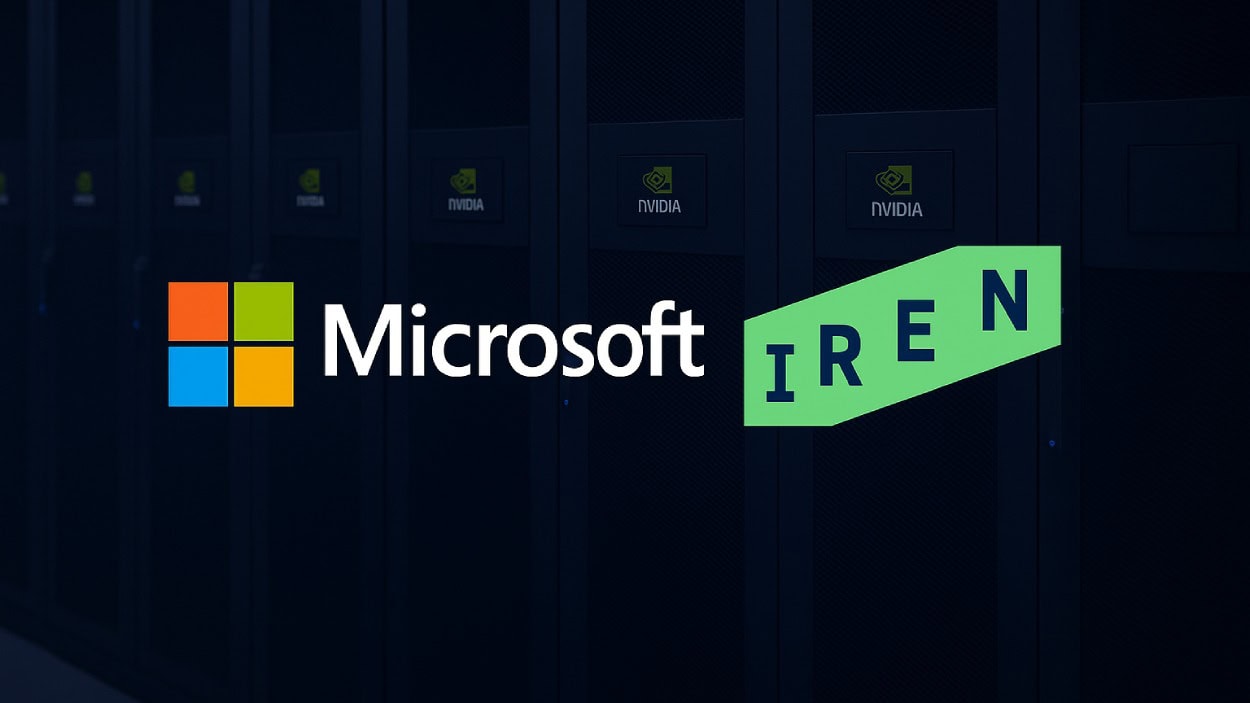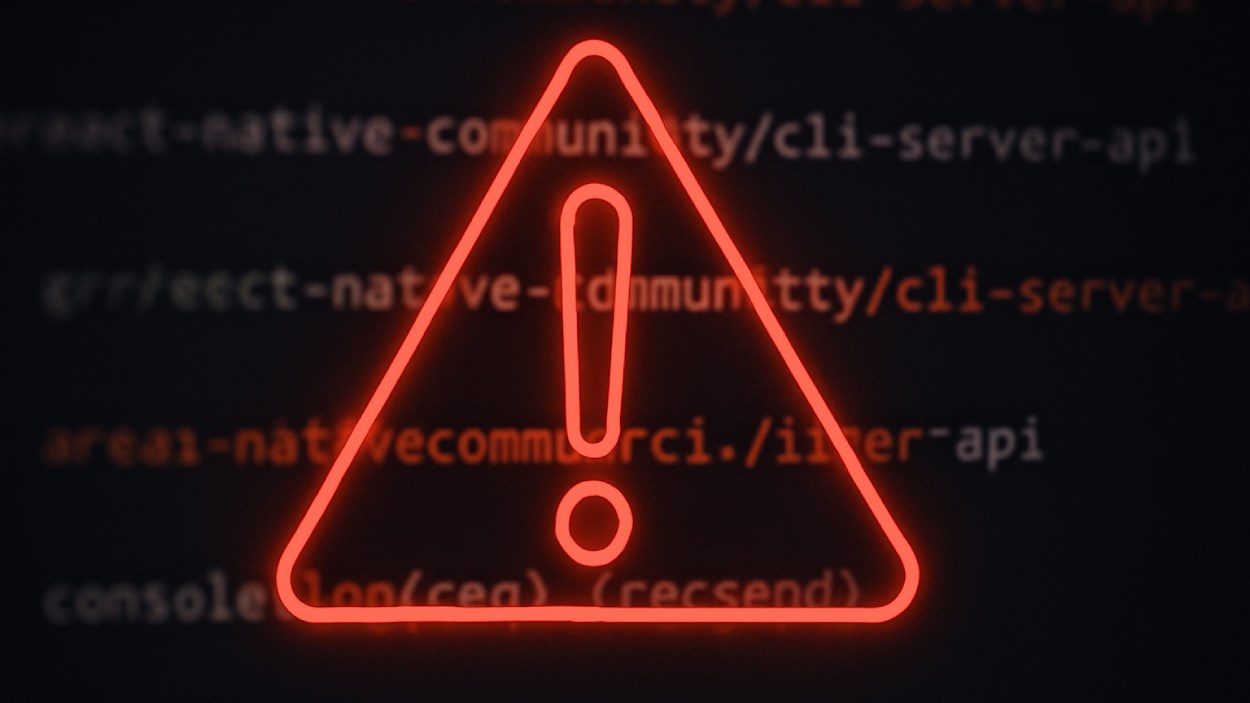The Pi Network has launched a significant system upgrade to improve performance, user experience, and trust in its ecosystem, even as its token price continues to struggle.
Quick Summary – TLDR:
- Pi Node version 0.5.4 introduces performance fixes, refined rewards, and external link support.
- Despite updates, Pi Coin dropped nearly 10% recently and developer confidence appears shaky.
- Analysts forecast a potential 36 percent price jump if current patterns hold.
- DEX testing, smart contract integration, and AI partnerships offer long-term hope for recovery.
What Happened?
The Pi Network Core Team has rolled out Pi Node version 0.5.4, renamed to Pi Desktop, to reflect its expanded functionality. The update brings technical fixes, a better interface, and tools aimed at boosting the blockchain’s credibility. However, on-chain activity and developer sentiment continue to lag, raising questions about the project’s near-term future.
Pi Node version 0.5.4 has been released! This update introduces several improvements to Node performance, Node mining rewards calculations, and the user experience on the Pi Desktop application. https://t.co/jeozstvj2I
— Pi Network (@PiCoreTeam) November 6, 2025
Pi Desktop 0.5.4 Rolls Out With Key Fixes
The newest update introduces a more unified interface by merging the Node, mining app, and Pi App Studio into a single desktop experience. According to the team, this revamp addresses several issues that users previously reported, including:
- Automatic update glitches.
- Reward synchronization errors.
- Block container creation bugs.
One of the biggest technical changes is the addition of an open port verification system, which helps ensure accurate Node bonus calculations. This fix is aimed at addressing longstanding complaints from Pi Node operators about inconsistencies in rewards.
The new platform also enables approved external links within the app, making it easier for users to access resources and updates directly. The App Studio tab has been enhanced too, fixing previous display issues with app previews.
These upgrades follow the release of Protocol v23, currently in testnet, which developers expect to transition to the mainnet by Q4 2025.
Ecosystem Growing but Mainnet Remains Thin
While the upgrade signals technical progress, developer and user activity remains low. Data from PiScan shows just 296 active mainnet nodes and only three validators operating on the network. This contrasts with earlier OpenMind pilot data that boasted over 350,000 participating nodes in decentralized AI training.
Adding to concerns, WorkforcePool, winner of the Pi Network Hackathon and a decentralized freelance marketplace, recently announced it is up for sale. Developers blamed high costs, limited support, and slow dApp growth for the move.
The sluggish progress comes despite Pi Network’s Open Mainnet launch in February, which aimed to make the blockchain more accessible and scalable for decentralized application (dApp) development.
Analysts Eye Technical Recovery as Price Patterns Tighten
Despite a recent 10 percent dip in Pi Coin’s price, technical analysts remain cautiously optimistic. The token is currently trading within a symmetrical triangle pattern, typically viewed as a precursor to a volatility breakout.
- Current support level: $0.2127
- Resistance level: $0.2317
- If resistance breaks, price could target $0.30, representing a 36 percent upside
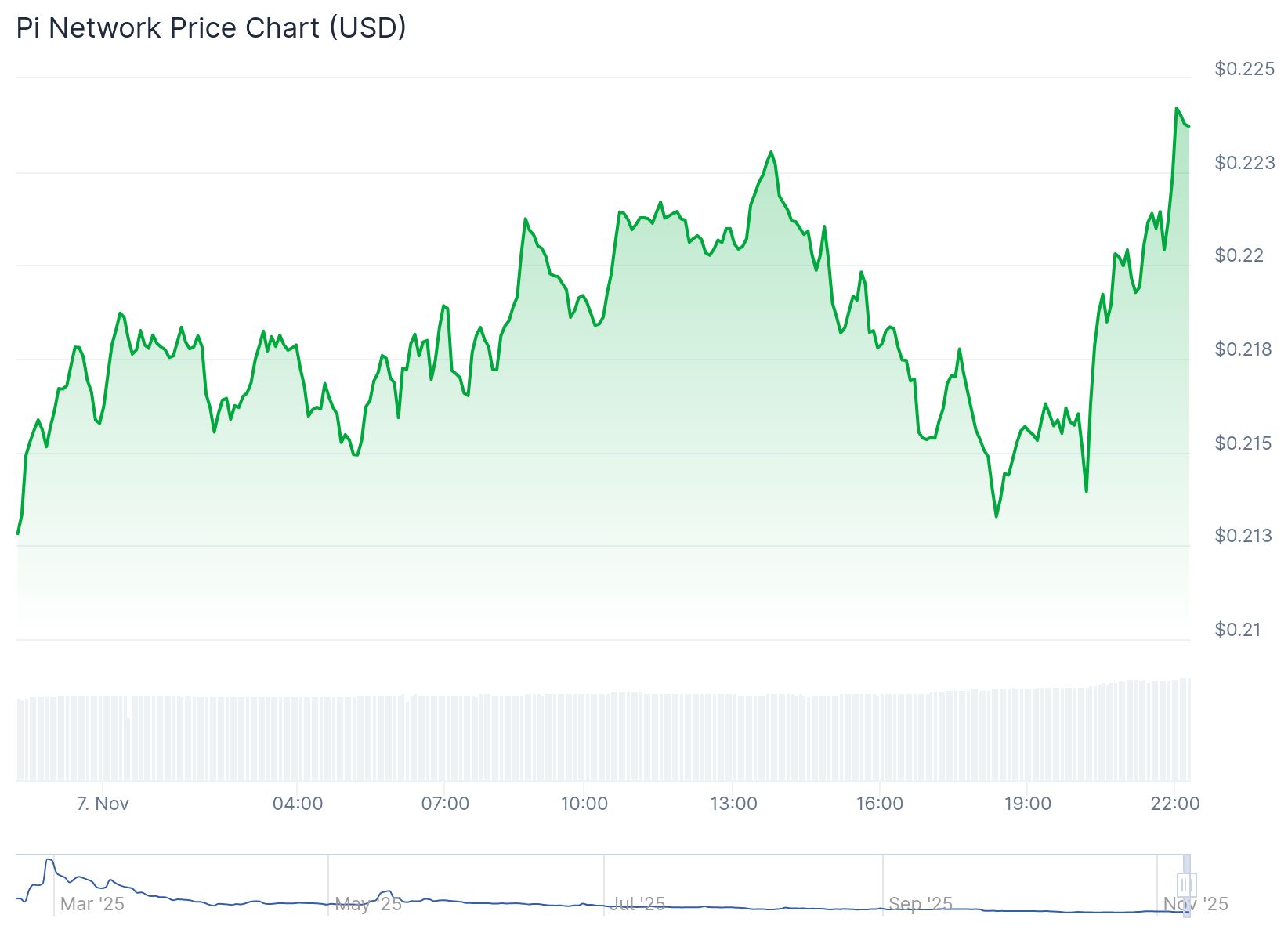
The RSI (Relative Strength Index) hovers around 40, indicating that bearish momentum is weakening. If the RSI crosses above the neutral 50 level, it may signal a bullish reversal.
Partnerships Fuel Real-World Utility
In parallel with the technical updates, Pi Network continues pushing toward real-world relevance. Its partnership with OpenMind, an AI-focused company developing an open-source operating system for robots, signals a deeper move into artificial intelligence.
OpenMind used Pi Network’s decentralized infrastructure to train image recognition models. This partnership also marked Pi Network Ventures’ first investment, highlighting its intent to bridge blockchain and AI.
On the DeFi side, Pi Wallet is now testing DEX (decentralized exchange) functionality with integrated AMM (automated market maker) tools, setting the stage for broader utility across finance and commerce.
SQ Magazine Takeaway
I see this latest Pi Node update as an honest attempt to regain trust and momentum in the face of fading enthusiasm. The technology seems to be catching up to the vision, but unless mainnet activity and developer engagement pick up, the upgrades may not translate into real adoption. That said, partnerships like OpenMind and a working DEX are steps in the right direction. If the team can continue delivering, the Pi Coin community may finally get the turnaround it has been waiting for.






